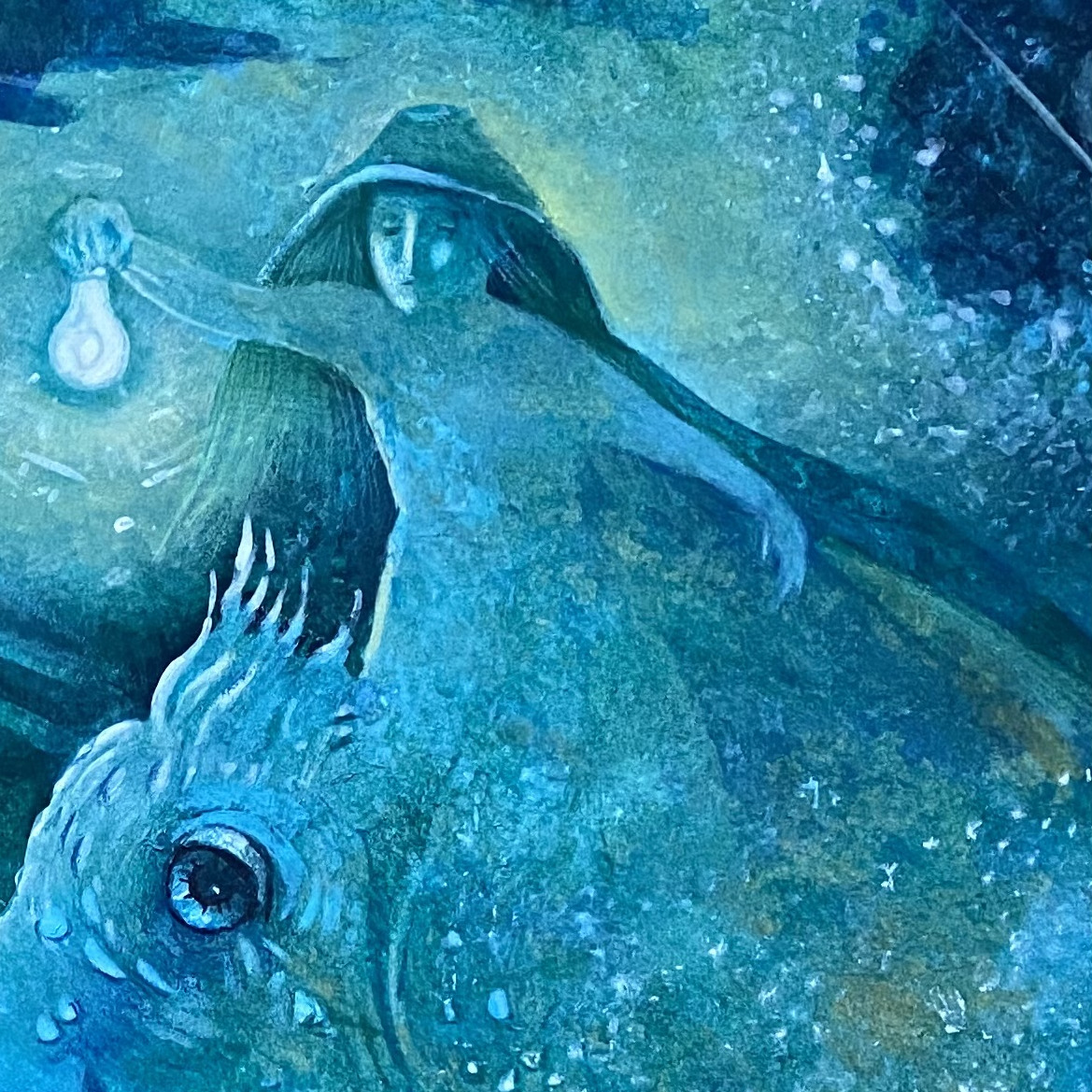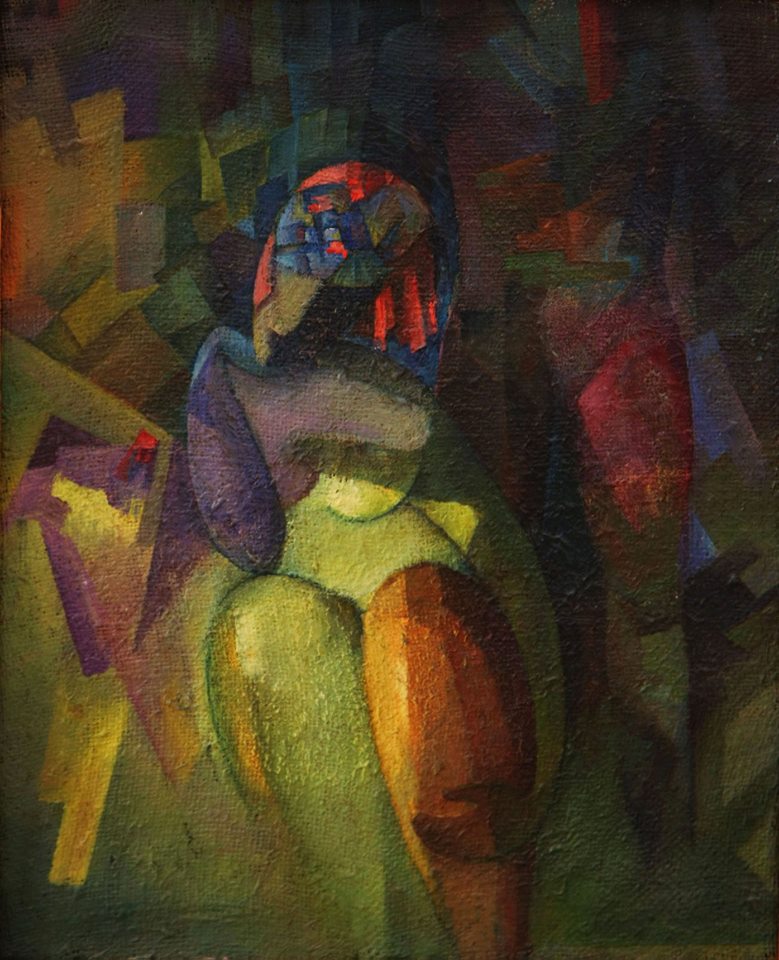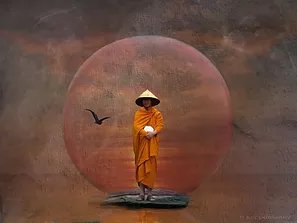 This is a continuation of an article about Uranus and the generations born after 1968–1969: how they perceive freedom and the kinds of freedom humanity has gained in different periods of history.
This is a continuation of an article about Uranus and the generations born after 1968–1969: how they perceive freedom and the kinds of freedom humanity has gained in different periods of history.
In the previous part, the article covered the Zodiac signs Aries, Taurus, Gemini, Cancer, Leo, and Virgo.
Here, we move on to the generations with Uranus in Libra, Scorpio, Sagittarius, Capricorn, Aquarius, and Pisces.
Uranus in Libra (1968–1975)
This is the generation of freedom in relationships. They break away from traditional ideas of what a couple should be — who it’s made up of, the rules it should follow, and how roles are divided. They create their own relationship models, different from the norm, and fiercely defend personal freedom in their connections with others. While they care a great deal about the impression they make, they often misread situations because they struggle to view them objectively.
In the 1960s, when Uranus was in Virgo, the sexual revolution began as a shift in how people related to their own bodies and needs. By the 1970s, it was in full swing, extending beyond sex itself to the nature of relationships between partners. This was the era of the erotic film boom, the rise in common-law marriages and divorces, the reshaping of family roles, and a growing openness toward same-sex couples. Feminist movements also gained significant momentum during this period. This is the very generation that now pushes forward same-sex marriage legislation. Their divorce and remarriage rates are higher than those of many other generations.
Uranus in Scorpio (1974–1981)
This is the generation of free transformation and inner liberation. For these people, freedom is essential for constant growth. They have a vital need to see an open horizon — something they can move toward. Challenges don’t frighten them much, because they believe the main thing is not knowing how something is done, but actually doing it. This boldness can border on fanaticism and may at times involve aggressive actions. Alongside external achievements like power and money, they are deeply interested in inner growth, which often involves uncovering secrets — either their own or those of others. They adapt to life changes more easily than most, knowing that change opens new horizons, while the lack of it means inevitable stagnation.
The aggression of this era showed in the rise of radical terrorist movements in developed countries (the IRA in Ireland, Italy’s Red Brigades). Until then, terrorism was largely seen as a phenomenon of poorer nations. But Uranus in Scorpio demanded new horizons. This was also the time when a fresh wave of Cold War tensions erupted between the US and the USSR, culminating in the start of the war in Afghanistan. Still, overall, it was a relatively calm period on the surface — one that allowed a new level of consciousness to ripen. Liberation under Uranus in Scorpio tends to happen quietly, with the results of this transformation becoming clear much later, when people, now with a changed mindset, start acting under different Uranus placements.
Uranus in Sagittarius (1981–1988)
This is the generation of free movement and philosophical exploration. They are born to discover new, unexpected ways of understanding the world and to open up fresh worldview concepts. While they are generally receptive to new ideas, they can be intolerant of “foreign” or especially outdated ones. This makes it harder for them to implement their own visions — promoting their philosophy often becomes a battle with everyone else. In addition, some of their ideas prove unworkable, rooted more in idealism than reality. Their thinking is so unrestrained and free-ranging that they sometimes fail to assess whether foreign concepts can truly take root in their own culture.
During this period, new religious and philosophical movements emerged and spread freely across borders and oceans. The New Age movement, for example, gained popularity in the 1980s. The Perestroika era in the USSR perfectly embodies the spirit of Uranus in Sagittarius — an outburst of a new vision for a free society, a new way of thinking that was, in part, utopian, but unquestionably driven by the desire for freedom.
Uranus in Capricorn (1988–1996)
This is the generation of unrestrained achievement, breaking down barriers and limits that stand in the way of goals. Here, freedom manifests most strongly in the determination to make changes. This generation is ready to take the least popular, even harsh, measures to get what they want. They refuse to follow existing traditions and rules, but are eager to set new ones, their own, and consider them the “right” ones. It’s no surprise that such firmness and uncompromising action can end up destroying the very essence of freedom these measures were meant to protect.
Striking examples from this period include the fall of the Berlin Wall, the signing of the Charter of Paris for a New Europe, and the dissolution of the USSR. All of these events dismantled an old system in the name of a new form of freedom. This is a time of achieving tangible results. If Uranus in Scorpio brought a new level of consciousness, and Uranus in Sagittarius stirred up new ways of thinking that shook the system, then in Capricorn, new systems and frameworks took shape. Most post-Soviet states were formed during this time, and they have since faced ongoing demands for reforms and restructuring of government systems. Gradual change is rarely an option as everything is needed “yesterday.”
Uranus in Aquarius (1912–1919, 1995–2003)
This is the freedom of new experiences and collaborative creation. People of this generation are ready to unite diverse concepts, individuals, and organizations, believing that true freedom is found in connection. They are eager to test and create the unimaginable — things that might prove extremely useful for society, but could also be completely impractical. The lack of practicality doesn’t scare them, because for them, the process of gaining and sharing experience often matters more than the end result. They are also drawn to goals whose outcomes lie far in the future, making this a time of alliances formed to secure freedoms yet to come.
For example, this was when the Soviet Union was founded, built entirely around the idea of working together toward a bright future, uniting “workers of the world.” At the turn of the 21st century, the European Union took shape, and the euro was introduced as a single currency. And, of course, we can’t forget the Internet — during this period, it became widely accessible, effectively uniting the world.
Uranus in Pisces (1919–1928, 2003–2010)
This is the freedom of illusions — and the illusion of freedom. This generation thinks with great flexibility and on a grand scale. People born in this period have vivid imaginations capable of grasping abstract ideas most others struggle to comprehend. Even as children, they may talk about concepts like “galaxy,” “parallel worlds,” or “nothingness.” Perhaps it will be they who someday create new spaces for humanity — whether in parallel dimensions or on other planets. For this generation, choosing a religious path often becomes an anchor in a world of illusions.
The freedom of imagination and the creation of illusions during this time was vividly expressed in the boom of 3D cinema and in contemporary art trends. The illusion of freedom was illustrated by events like the Orange Revolution in Ukraine, which captured the world’s imagination but failed to deliver the desired liberty (though, of course, many other astrological factors apply to the country’s chart). Overall, this era was marked by widespread distortion of reality — over seven years, mass media, public figures, and religious leaders normalized large-scale misinformation. Naturally, all these falsehoods were told in the name of certain freedoms, but they laid serious groundwork for future radical social changes.
To find out what happened next (and how the cycle began again with Uranus in Aries), see Part 1 of this article.
P.S. For brevity, I’ve listed only the years Uranus was in each sign, without specific dates and months. If you’re curious about a borderline year, it’s best to check exactly where Uranus was on a given date. Keep in mind that the first two and last two years of each period count as borderline. Ask me, and I’ll be happy to clarify.
P.P.S. The descriptions here focus only on one theme — freedom. A detailed personality profile can only be made by examining an individual’s natal chart.









